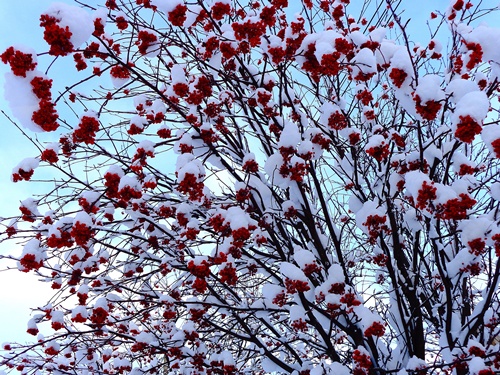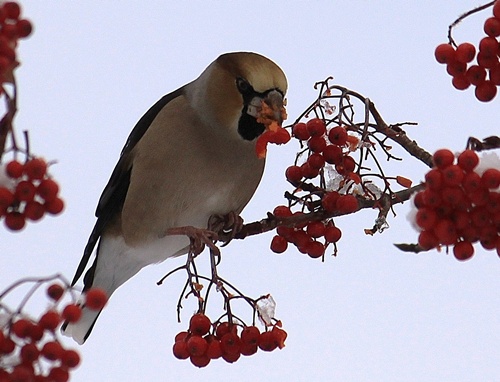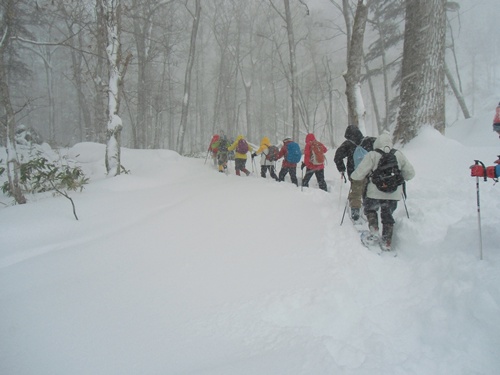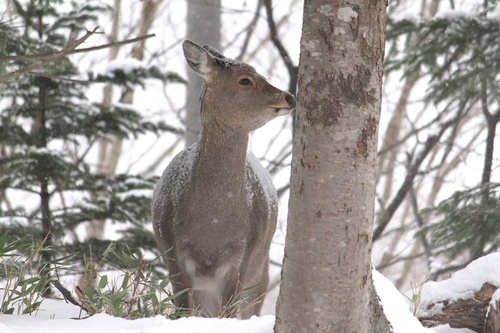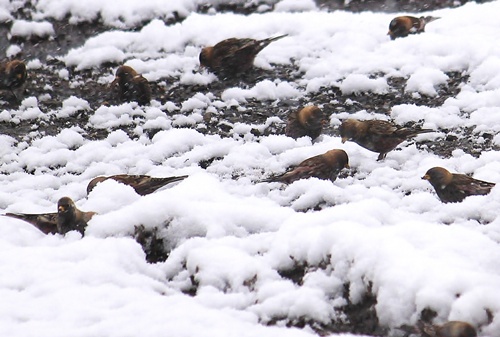It was so cold it hurt…
Not only my body, but my hands, feet, and face…
However, it’s only on days like this that a very beautiful icing phenomenon can be seen.
Scenes like those shown in the photos can be found everywhere…
The ice is so beautiful, it makes one forget the cold and want to gaze at it forever.
The phenomenon in the photos occurs when fine droplets of cold water attach to a tree branch or other object and immediately freeze. The result is a fragile white ice called “rime.”
This fragile ice lies scattered all around, having been knocked to the ground by the gentle breeze.
It creates a scene of considerable beauty.
Photos: Rime Dec. 19
Not only my body, but my hands, feet, and face…
However, it’s only on days like this that a very beautiful icing phenomenon can be seen.
Scenes like those shown in the photos can be found everywhere…
The ice is so beautiful, it makes one forget the cold and want to gaze at it forever.
The phenomenon in the photos occurs when fine droplets of cold water attach to a tree branch or other object and immediately freeze. The result is a fragile white ice called “rime.”
This fragile ice lies scattered all around, having been knocked to the ground by the gentle breeze.
It creates a scene of considerable beauty.
Photos: Rime Dec. 19


